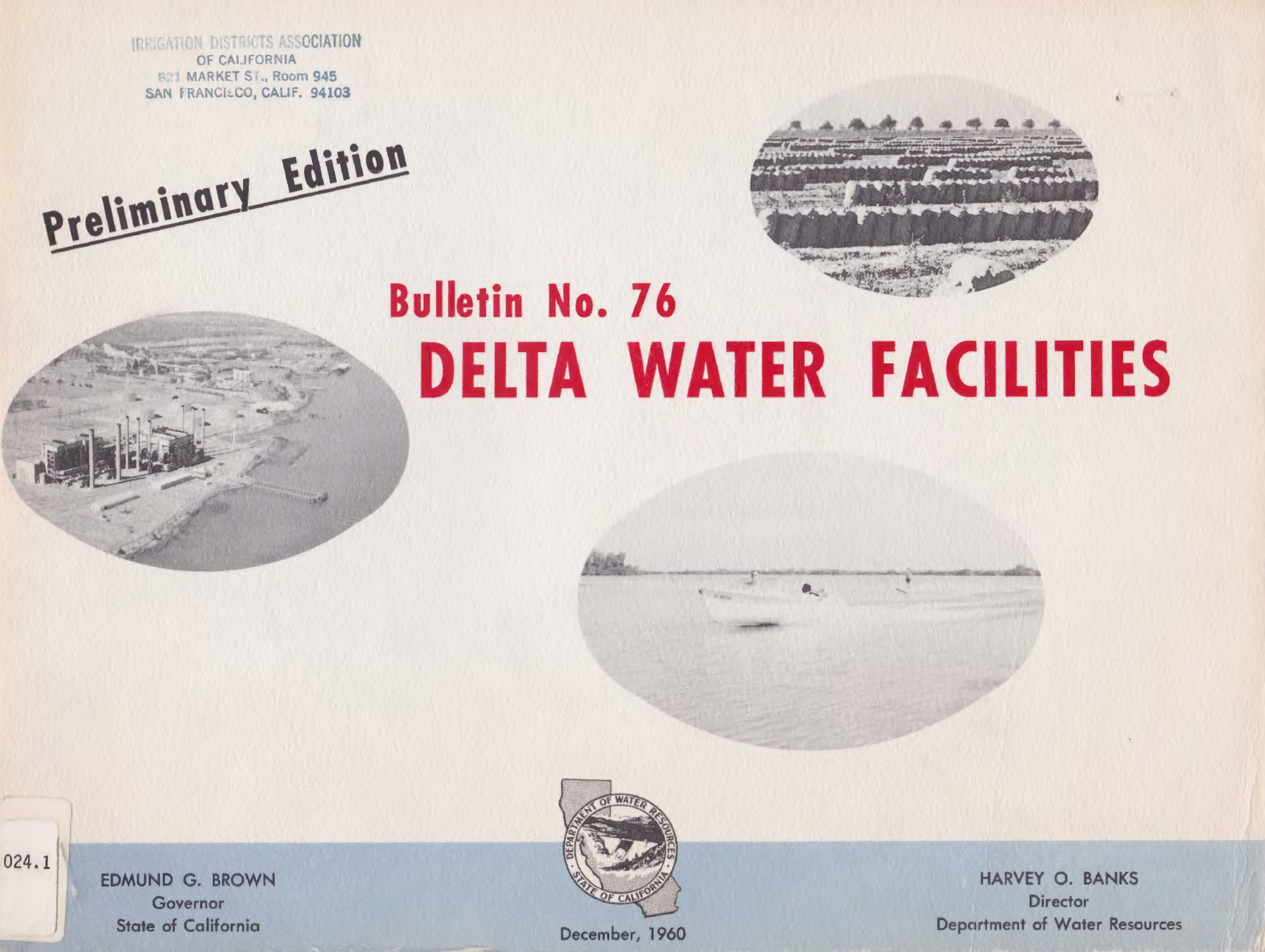
It’s now five weeks since Governor Newsom’s Delta tunnel plan was unveiled in a Draft Environmental Impact Statement. Time enough for the main ideas to sink in; time enough for familiar players to strike their familiar positions; and time enough for some of us to burrow deep into its tables, figures, and appendices.
To recap briefly: water taken from new intakes near Hood on the Sacramento River would enter a tunnel and flow 45 miles underground before being lifted again to charge up the California Aqueduct at Bethany Reservoir. The tunnel capacity would be 6,000 cubic feet per second, which, if operated full time, could provide 4.3 million acre-feet a year for export to San Joaquin Valley farms and to cities from San Jose to San Diego. At a glance, that amount is in the ballpark of historic annual export levels.
Some important points are not obvious at a glance.
From DWR publicity, you might read the tunnel as a replacement for the existing “Delta conveyance”: the route the water destined for export now travels, wandering through Delta channels and feeding state and federal pumps near Tracy. Nobody likes the present system, which damages the ecosystem in well-known ways and is notably hard on salmon and other valued fish. If sea level rise and salt intrusion proceed as expected, the old waterworks will someday have to be retired, anyway. “Someday” could come much sooner if levee failures were to alter the basic Delta architecture. The new tunnel has the size to substantially replace the unloved old system. Its intake locations near Hood are better, its fish screens superior. To the extent that it takes over the job of the old arrangement, it would certainly be an improvement.
Good riddance? Not so fast. For the DEIR makes clear that this is a plan to supplement—not replace—the old plumbing. For the period studied in the document, the tunnel is to carry only some 16% of the total export flow. It would permit the harvest of water when the old pumps are shut down for the sake of fish, and it would reap Sacramento River water that now escapes in periods of very high flow. Compared to historical averages and to 2020, the base year for comparisons, exports are slated to increase, in dry years as well as in wet ones.
The choice of “dual conveyance” was expected. It is meant, among other things, to reassure Delta people that salinity from the Bay will not be allowed to intrude too far into their domain. As long as the old pumps draw from the old channels, salt can’t be allowed to triumph—it would pollute the export water. What surprised this reader, however, was the heavy continued reliance on the old route, the small share entrusted, for now, to the new.
Would having two conduits to draw on help savvy managers reduce the effects on fish? Possibly. The DEIR lists various fish-friendly measures. But it considers only the effects of the new facility, not those of continued reliance on the old, finding in the end merely that significant further harm to sensitive species would not be done.
Another striking thing about the new plan is the absence of the federal Central Valley Project, some of whose customers declined to share in the massive expense. In the proposed new infrastructure, SWP water could be boosted to a level safe from sea level rise: CVP water could not.
Because the two projects are essentially operated as one, the federal distribution system would benefit from the state’s planned investment, for a while. Its yields, too, are projected to climb in the short term. But as sea level rise speeds up, and water at the Old River pump intakes grows saltier more often, how are the feds to cope? What happens to CVP’s mostly agricultural customers in the San Joaquin Valley? This question is not in the scope of the new DEIR.
The hundred-year history of Delta conveyance is the story of two processes. One is the development of water systems and ever smarter engineering. The second is growing ecological knowledge and the setting of rules to limit the ill effects of water withdrawals. The second process has always lagged far behind the first.
In the DEIR, the DWR repeatedly emphasizes that it would follow all the applicable rules, and there is no reason to doubt this. The rules themselves, however, are old and, in the view of many, far too weak. The State Water Resource Control Board’s Decision 1641, governing Delta outflows and salinities, dates to the year 2000, before the latest phase of the Delta’s ecological decline.
In 2010, following instructions from the Legislature, the water board released a study on flows and fish: in order to halt the decline of many species, flows into the Delta and on toward San Francisco Bay would have to be greatly increased, especially in the spring. Exports, correspondingly, would have to decrease. Though advisory, that conclusion was meant to feed into an early revision of D-1641. Twelve years later, the board has made little headway—not due to lack of effort but due to fierce resistance from the water world and from leading politicians, including the present governor.
Once again an engineering plan is unveiled in isolation from the question of needed flows in historic channels. The familiar fear arises: that a commitment to the latest-model water export machinery would make it still more difficult to limit water export volumes.
Top photo: Historic planning document. Image courtesy: California Water Library